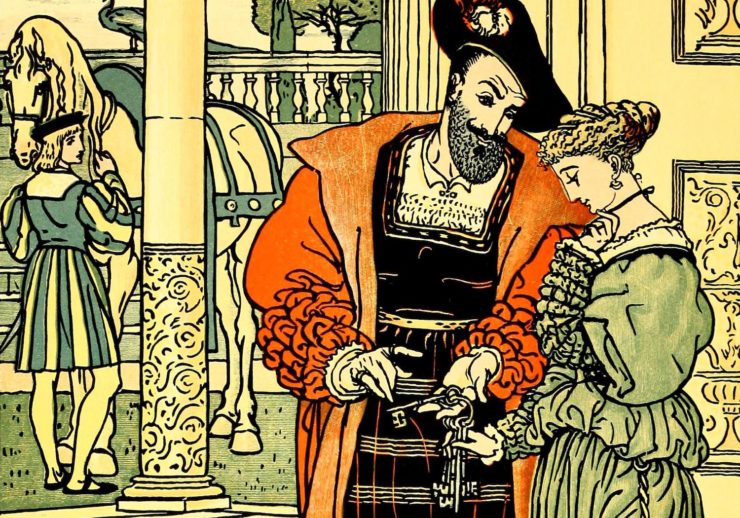“Bluebeard” might not be the goriest fairy tale ever told… or, well, it might be. There aren’t many stories that match it in terms of sheer bloody-mindedness. And, although it might not be as widely embraced by modern audiences as other, more family-friendly fairy tales, there are a number of retellings that explore and reexamine the power dynamics in play in the story.
If you aren’t familiar, the tale is about a woman who goes to marry a rich man. Bluebeard is a widower; he’s wealthy and handsome and the woman is in a financial fix, so it seems a good match. Sometimes his previous brides are the woman’s sisters, and sometimes they are only rumors—whispers about women who have mysteriously vanished. Bluebeard gives his wife the keys to his castle, shows her all the splendor she’s welcome to enjoy and explore, but cautions her never to use the smallest key to open the door in the basement/attic/out-of-the-way corner of the house.
Then he leaves.
Bluebeard’s wife lives in luxury for some period of time…and then curiosity or boredom overcome her, and she decides to take just a peek into the forbidden room, where she finds the remains of Bluebeard’s previous wives. They clearly did not die of natural causes. In her horror, she drops the keys, and the smallest key is stained with blood, which the wife is unable to remove before Bluebeard’s return. This evidence of her disobedience means that she will join the previous wives as his next victim, unless her brothers can come and save her in time. Or unless she can save herself, as in the variant “Fitcher’s Bird,” where she tricks her murderous husband into taking her back to safety.
Though it might seem that the tale is a simple warning to women to refrain from being overly curious about their husbands affairs (and surely has been told that way, at times), most modern versions ignore this victim-blaming angle in favor of exploring far more interesting aspects of this story of uncovered truths, including fraught, fragile relationships, psychological trauma, misogyny, suspense, the hope of rescue and the possibility of self-liberation.
“Bluebeard” by Soman Chainani (from Beasts and Beauty: Dangerous Tales)
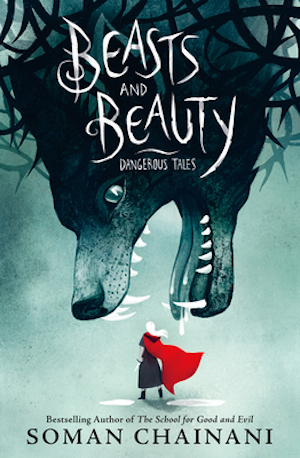
This short retelling manages to convey all the menace of Bluebeard without being particularly explicit. Chainani genderswaps the “wife” in this tale (possibly echoing the real-life crimes of Gilles de Rais, often cited as a possible inspiration for the original folktale). Instead, Bluebeard picks an orphan boy, Pietro, to be his guest and victim, lays out all the rules, and rides away to test the young man. Of course, Pietro eventually succumbs not to curiosity, but to the realization that the only way to be truly free is to understand the cost of the lifestyle Bluebeard offers. There is horror behind the locked door, but Pietro finds a way to defeat this Bluebeard on his own terms.
Comfort Me With Apples by Catherynne M. Valente
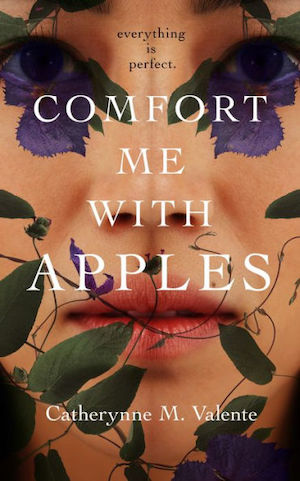
It’s hard to talk about this cutting little novella without giving a lot away. Still, considering that I’m including it here, I think it’s obvious that it contains more than a dash of the Bluebeard legend, which trickles in from the very beginning. Told in Valente’s always lush and glorious prose, this is the story of Sophie, a loving and beloved wife, perfectly content in her life, until she begins to notice little clues around her house and everything about her world begins to unravel. To say any more would undercut the considerable wallop that this story packs, but it’s as dark a telling as anyone could wish for.
Fitcher’s Brides by Gregory Frost
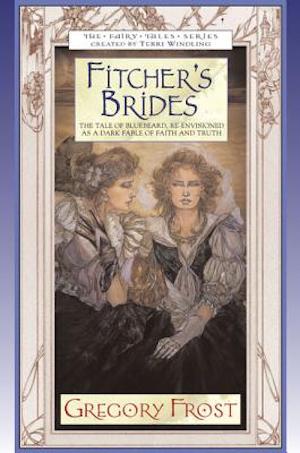
As mentioned above, “Fitcher’s Bird” is another version of “Bluebeard,” and while the husband in this story may not have the distinctively shaded stubble, the rest of the familiar pattern falls into place: multiple wives, the directive not to go snooping, the grisly discovery. Fitcher in this case is a reverend preaching the end of the world; determined to go to his reward a married man, he chooses Vernelia, a young woman from his misguided flock, to be his bride. Although she agrees to the marriage, Vern’s unease grows day by day as she remembers hints about Fitcher’s previous wives and finds her new home less than welcoming. It will take all of her courage and the help of her sisters to navigate the danger, and although this one ends on a brighter note than most other variations on the tale, there’s plenty of shivers along the way.
“The Glass Bottle Trick” by Nalo Hopkinson (from Skin Folk)

Beatrice has at last married, settling down with the first steady man she’s ever dated. Her new husband, Samuel, is a widower, and Beatrice can only hope that their time together will be longer and more fruitful than his previous marriages. Samuel hangs blue glass bottles in the tree outside their home, which he tells her are to captivate the souls of his dead wives so they don’t come looking for their bodies, which Beatrice takes as superstition. Hopkinson’s take on the story allows Beatrice more wisdom than the wife character usually exhibits, and examines the power dynamic between husband and wife as well as the effects of internalized racism and colourism.
The Seventh Bride by T. Kingfisher
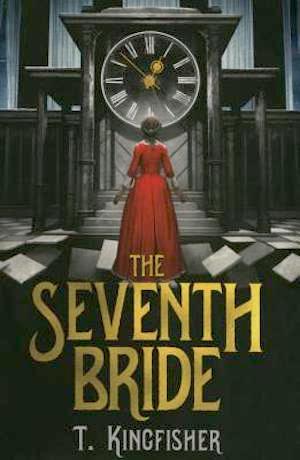
The fresh, humorous tone of the narration gives the beginning of this YA retelling an almost deceptively light air as events begin to unfold. Our young protagonist, 15-year-old Rhea, is backed into a corner when a nobleman and friend of her parents’ landlord, Lord Crevan, asks for her hand in marriage without ever having met her. Her sense of wrongness only increases with every interaction, including her parents and aunt trying to force the situation into normalcy. When Rhea goes to Crevan’s home, she finds that she’s not his first wife, and that the others aren’t actually all dead, either, but as captive as Rhea finds herself. Although Rhea’s voice remains compassionate and youthful, the story doesn’t shy away from the implications of abuse and trauma that older versions tend to skim over; Kingfisher delves into some of the psychological hurts of real-world power dynamics even within a gently frothy fantasy setting, making them all the more stark for the contrast.
Bonus Book! The Blue Castle by L.M. Montgomery
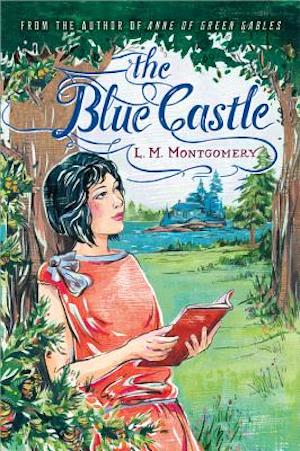
Not strictly a retelling of “Bluebeard,” The Blue Castle and its main character both allude to the fairy tale. Best known as the writer of the Anne of Green Gables books, this is one of Montgomery’s only books for adults. Valancy Stirling, 29-year-old “old maid,” is a fan of the fairy tale and draws her own parallels to it—particularly in the second half of the book, when she marries someone she does not know well. In this case, she’s escaping a lifeless existence with her abusive family, who have done their best to stamp the whimsy out of her; although her new husband keeps things from her, they are of a far gentler variety than most of Bluebeard’s secrets.
Rachel Ayers lives in Alaska, where she writes cabaret shows, daydreams, and looks at mountains a lot. She has a degree in Library and Information Science which comes in handy at odd hours, and she shares speculative poetry and flash fiction (and cat pictures) at patreon.com/richlayers.










